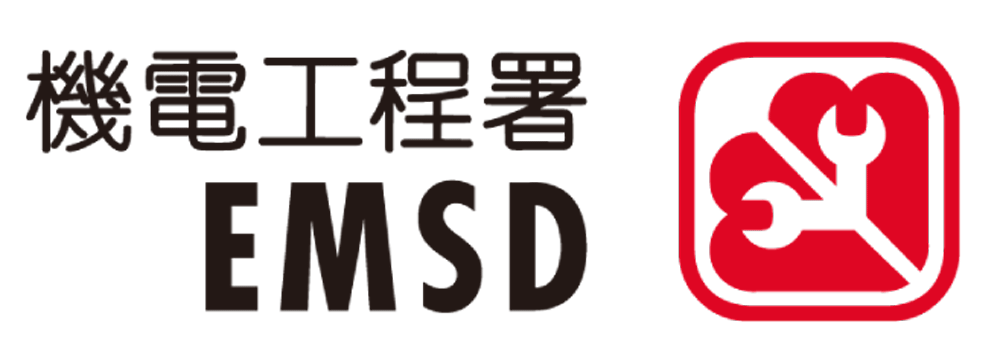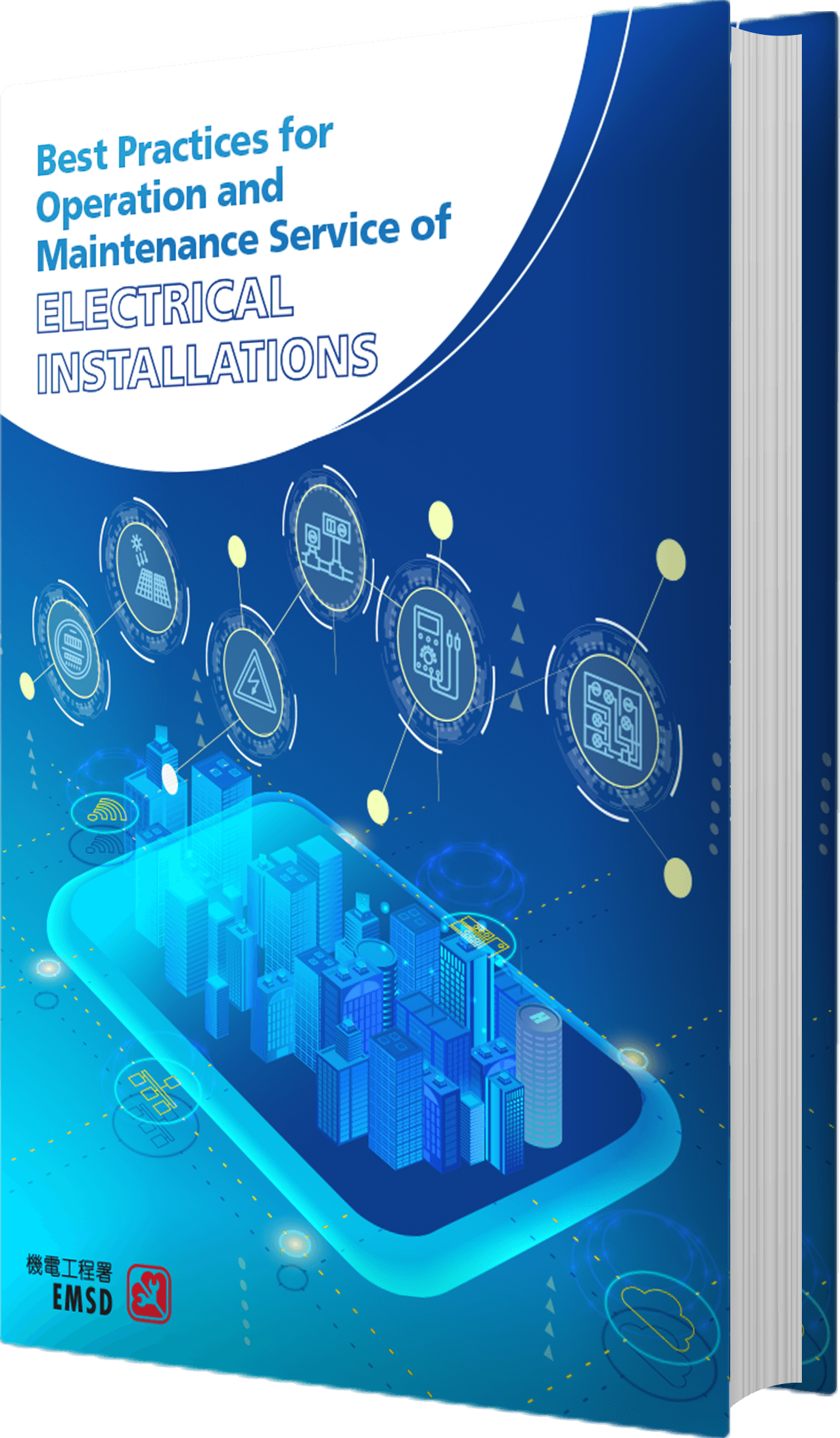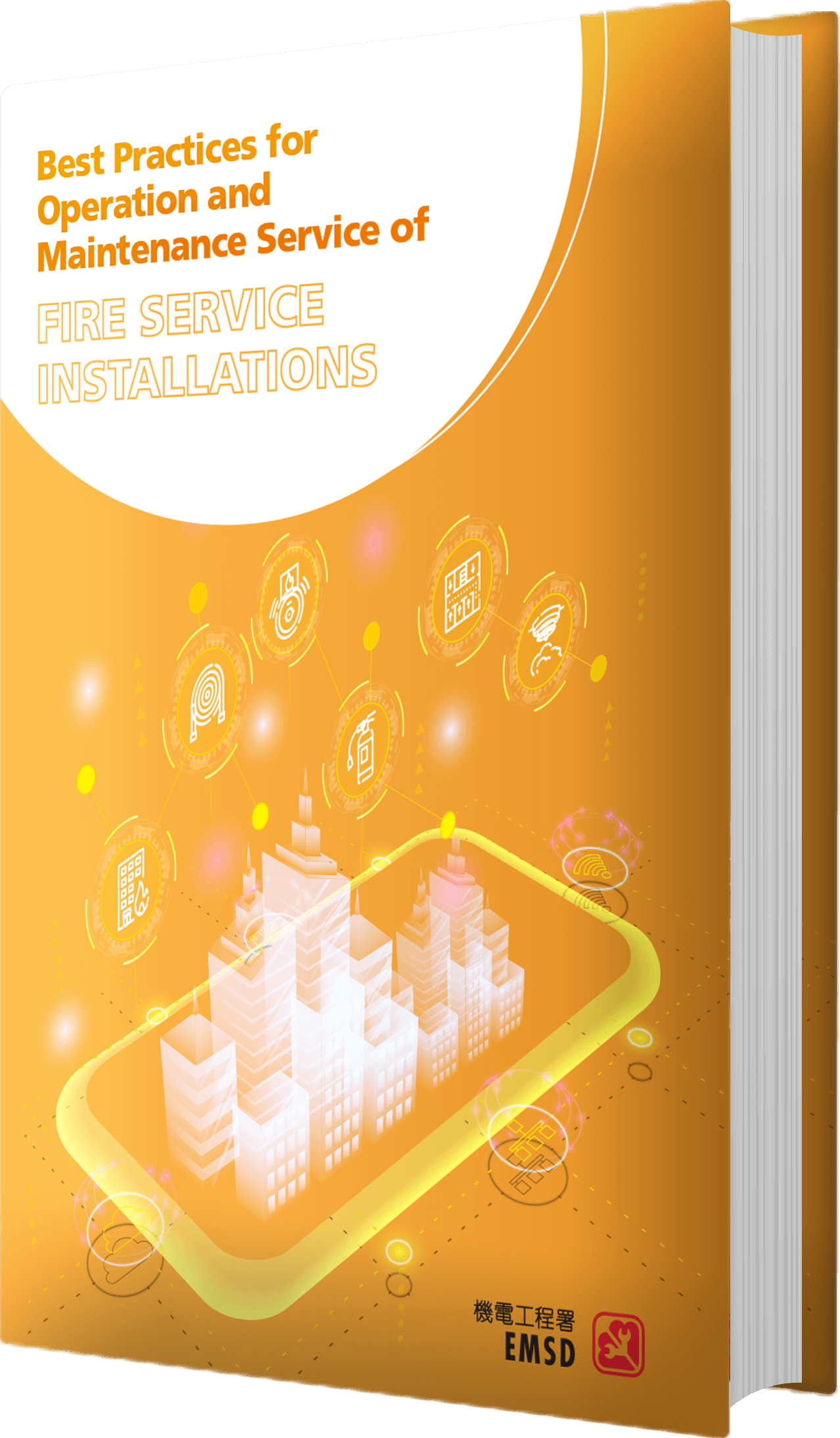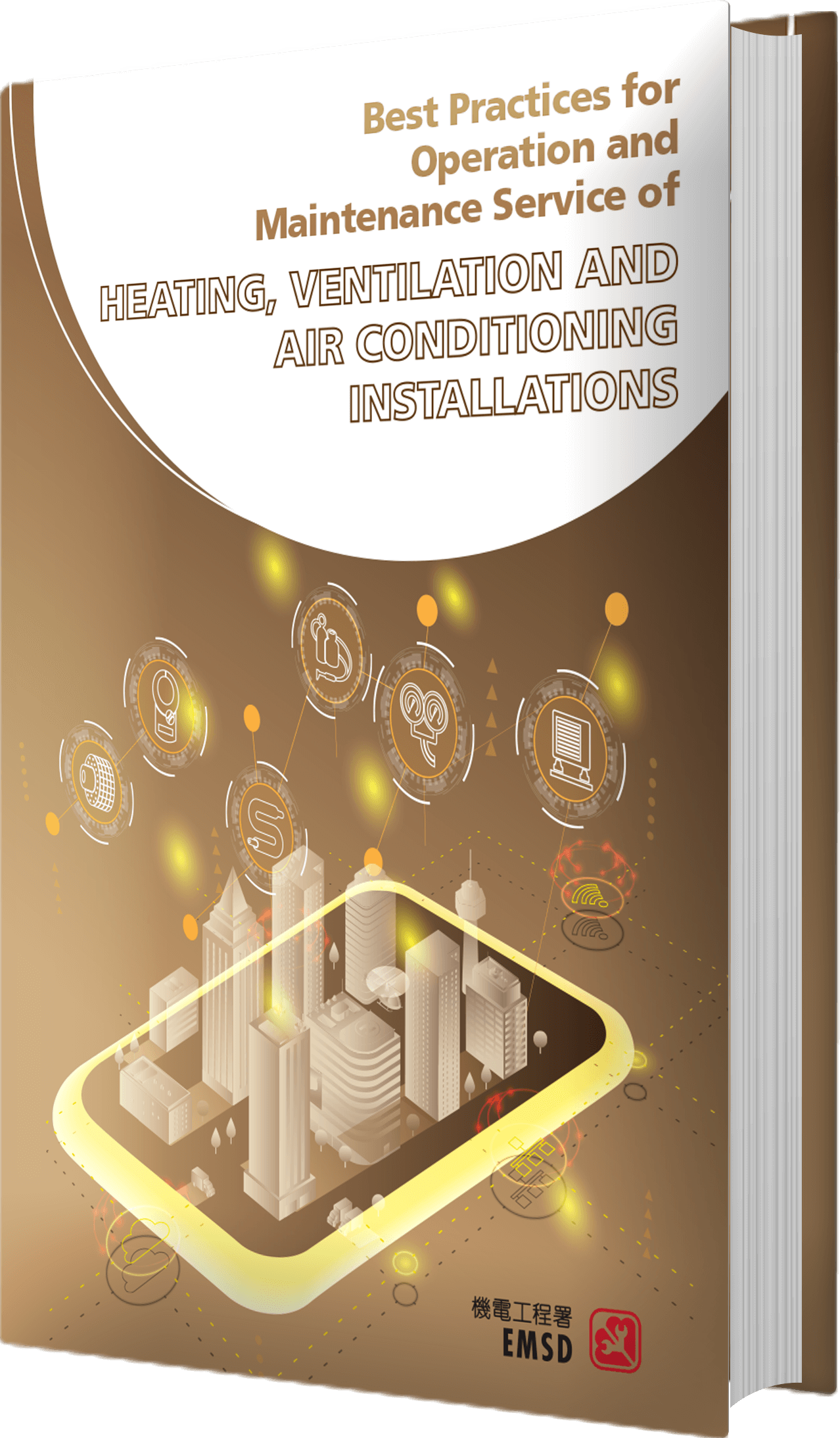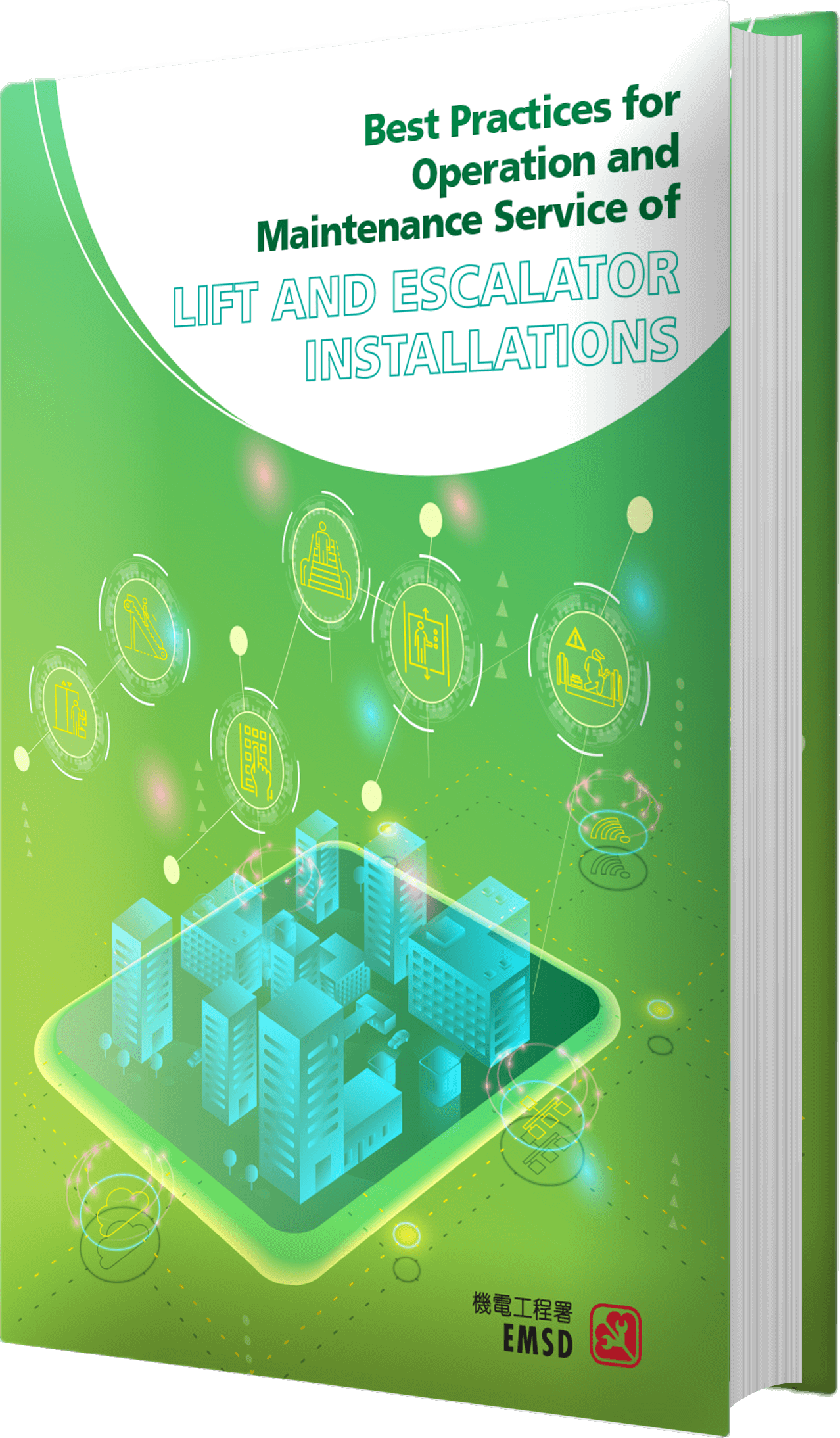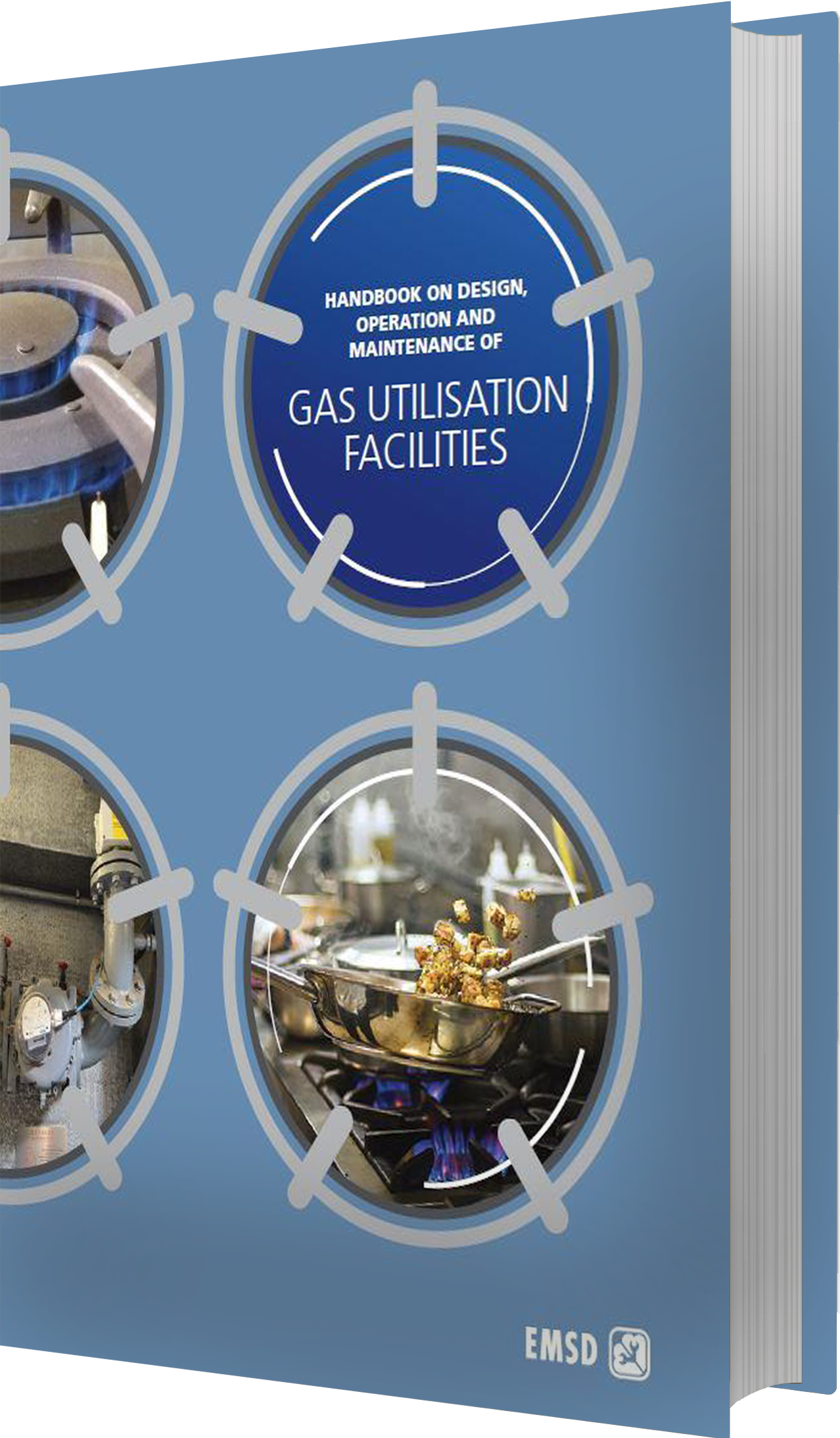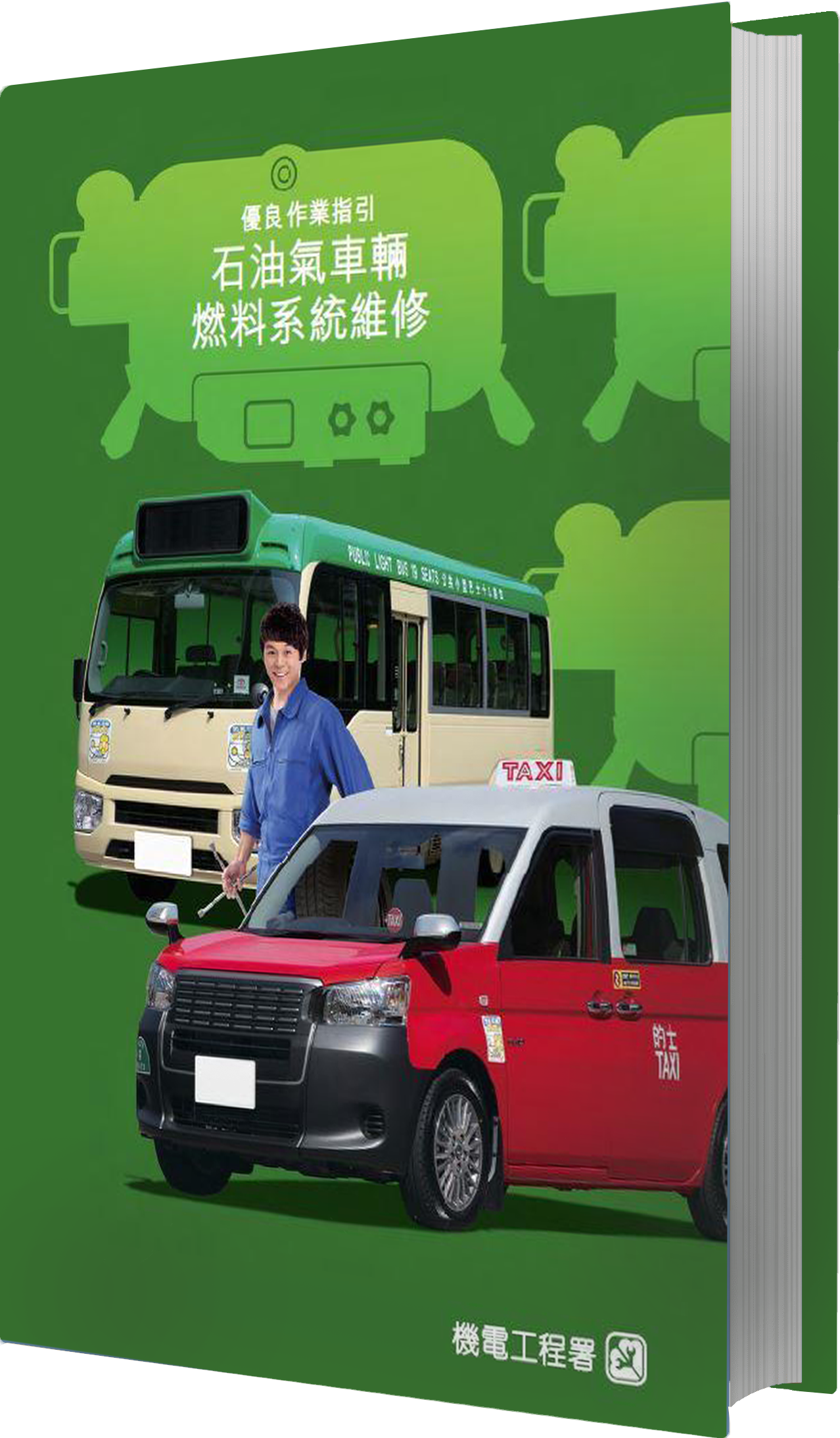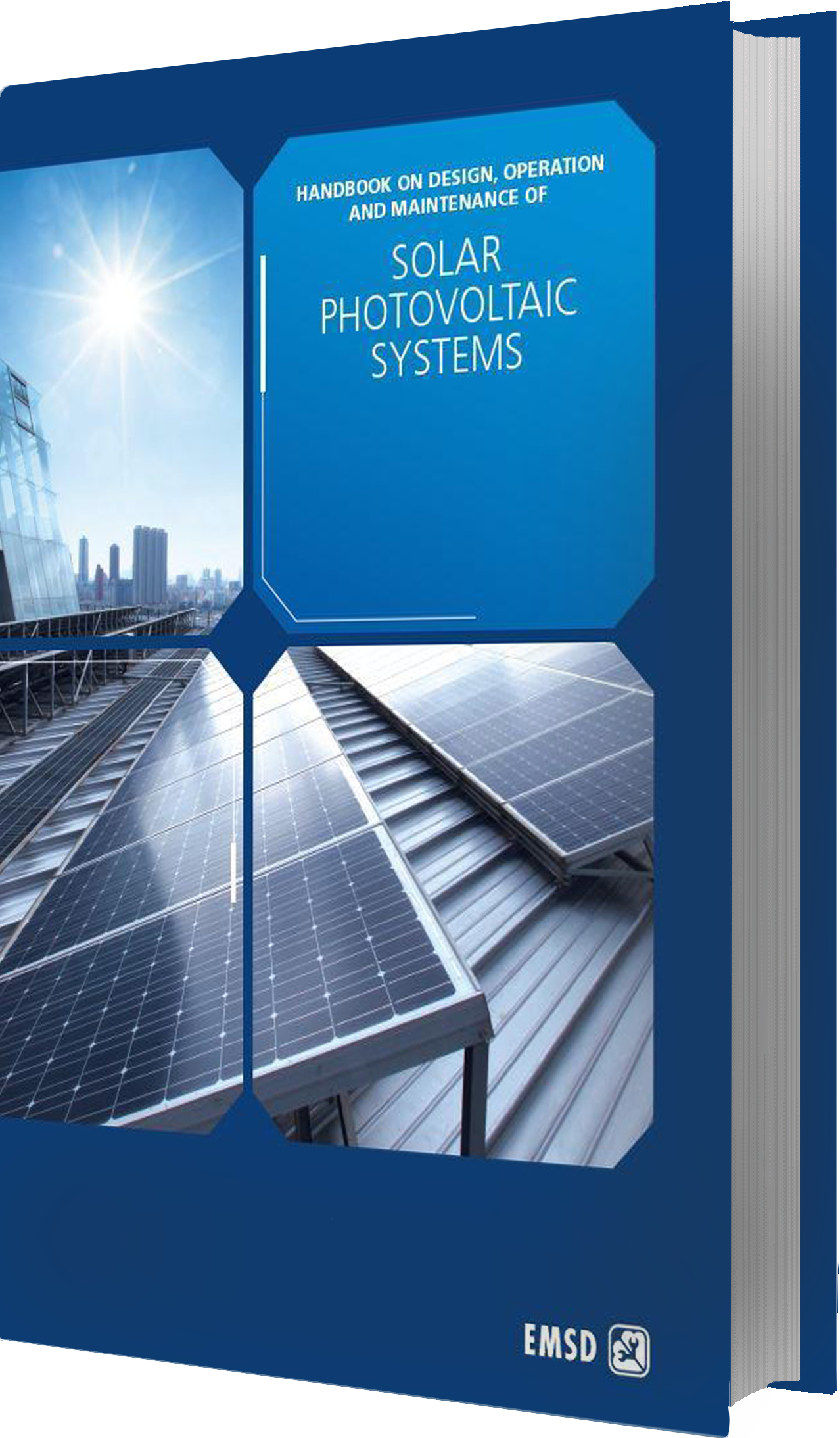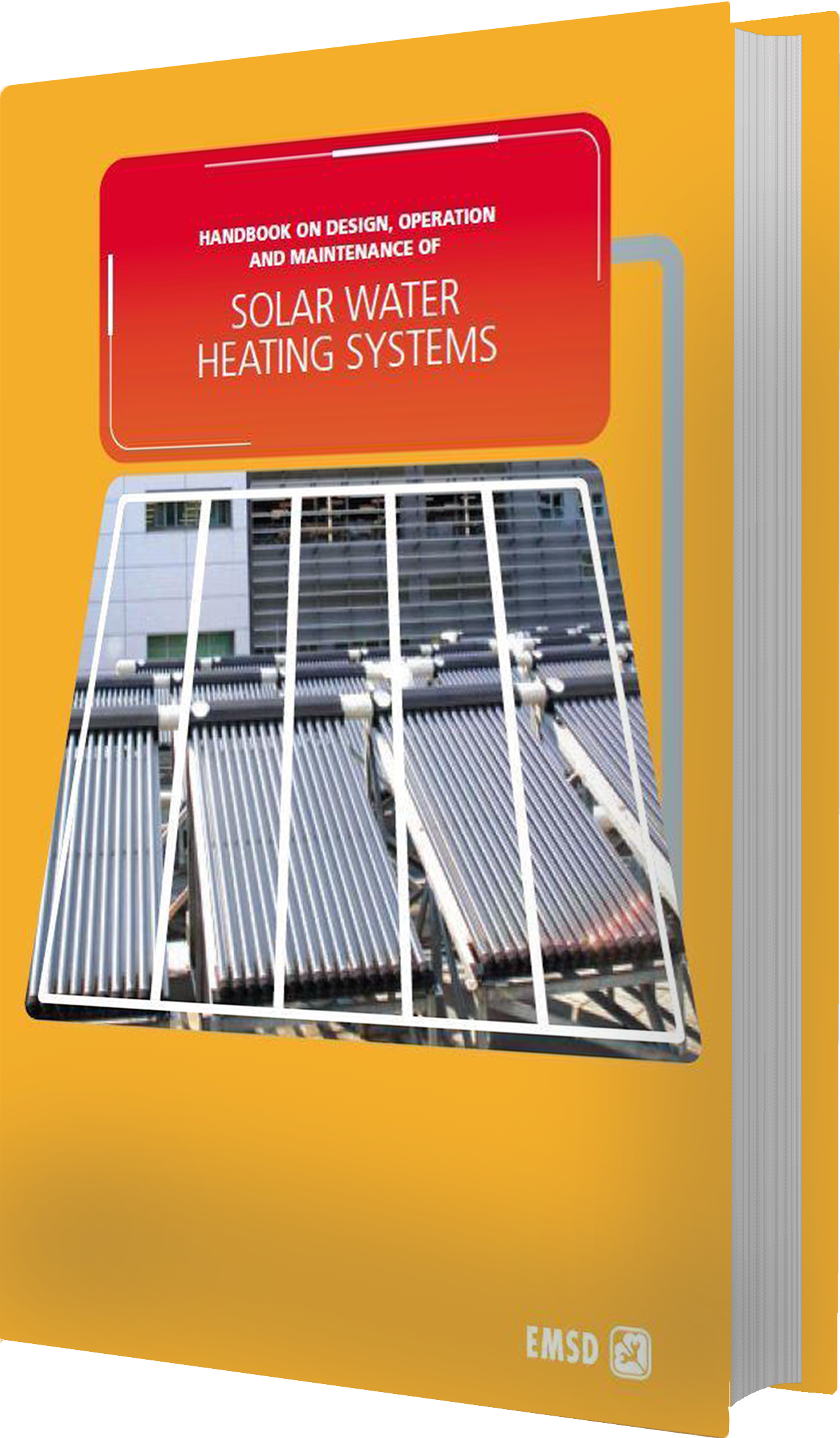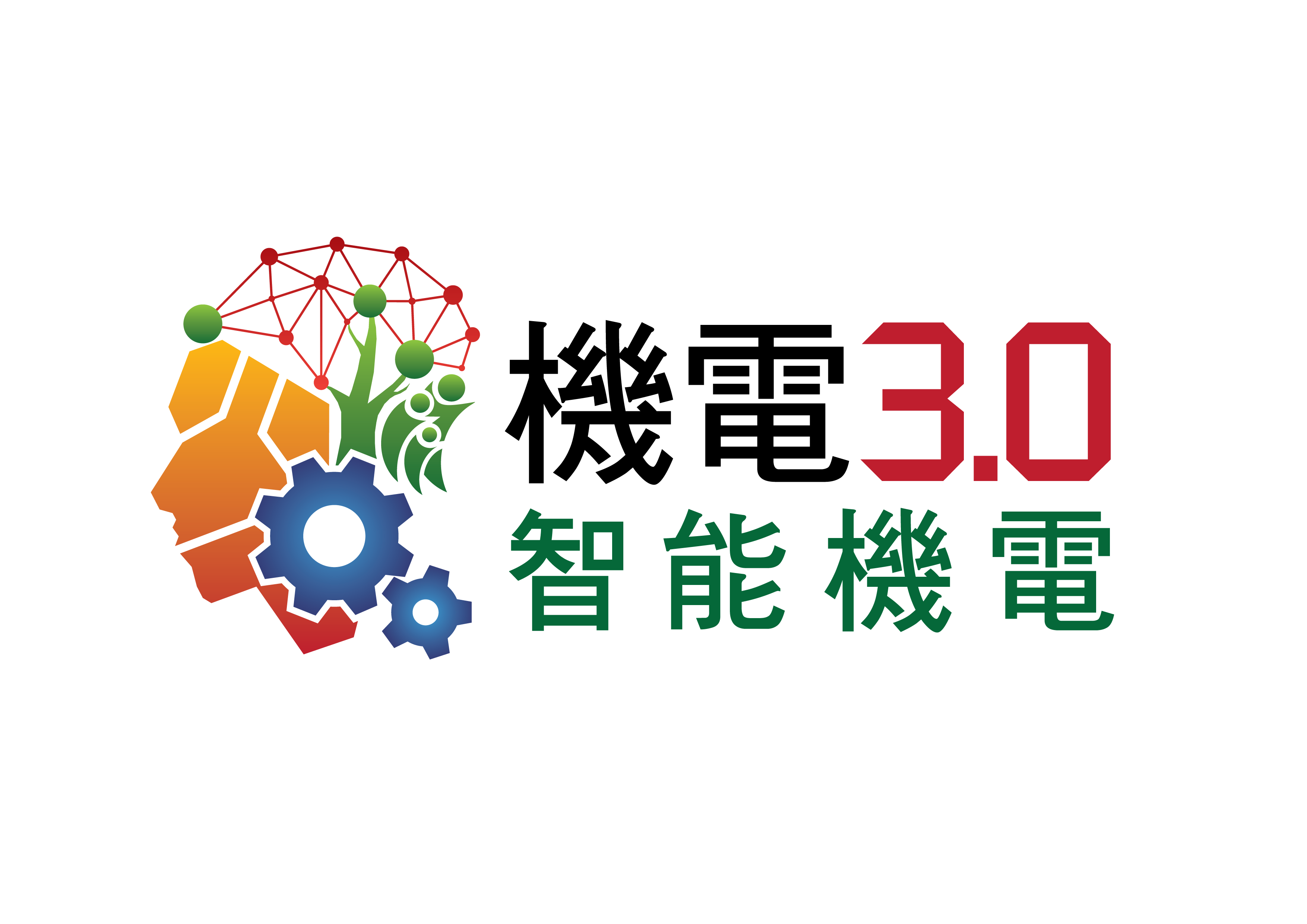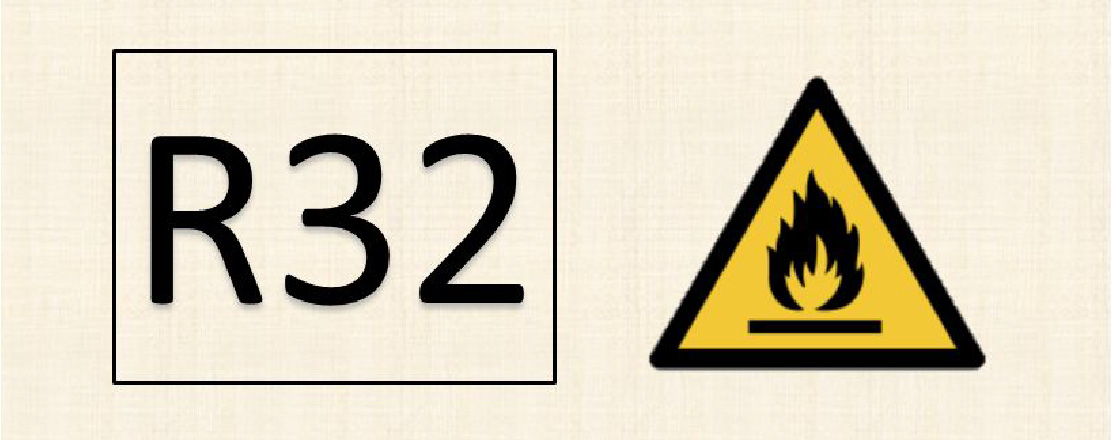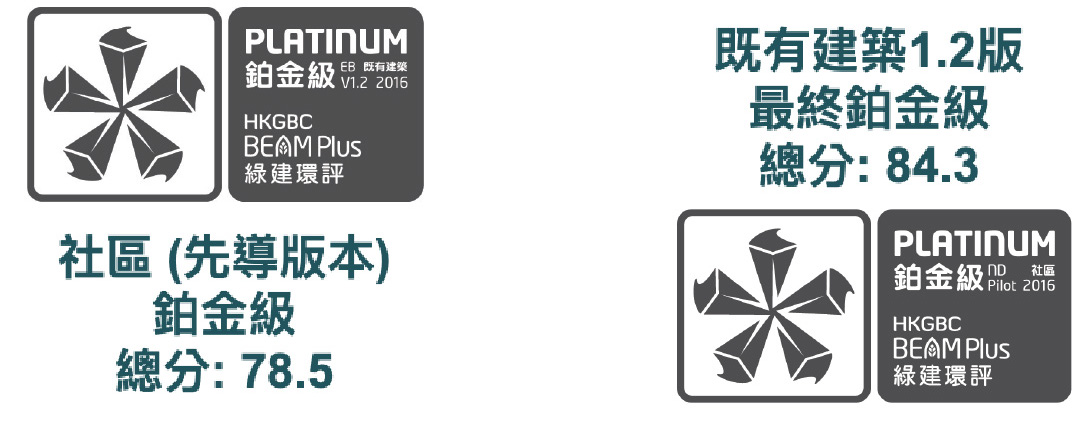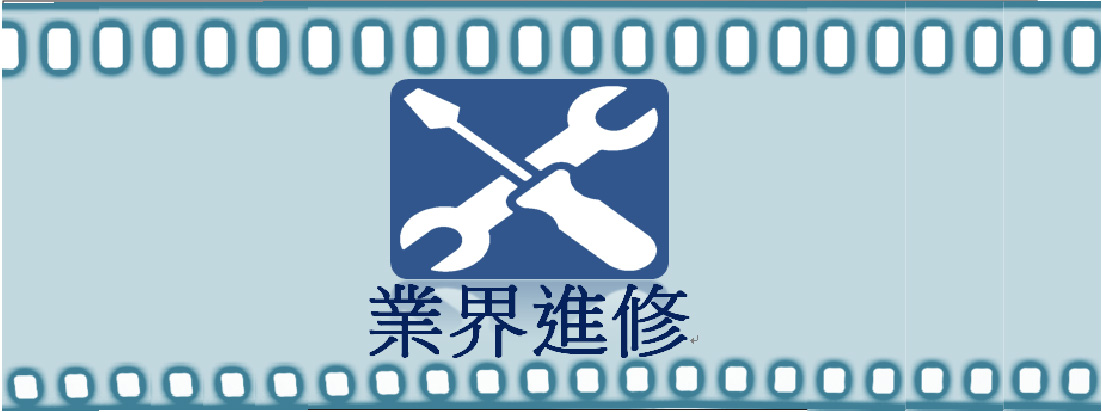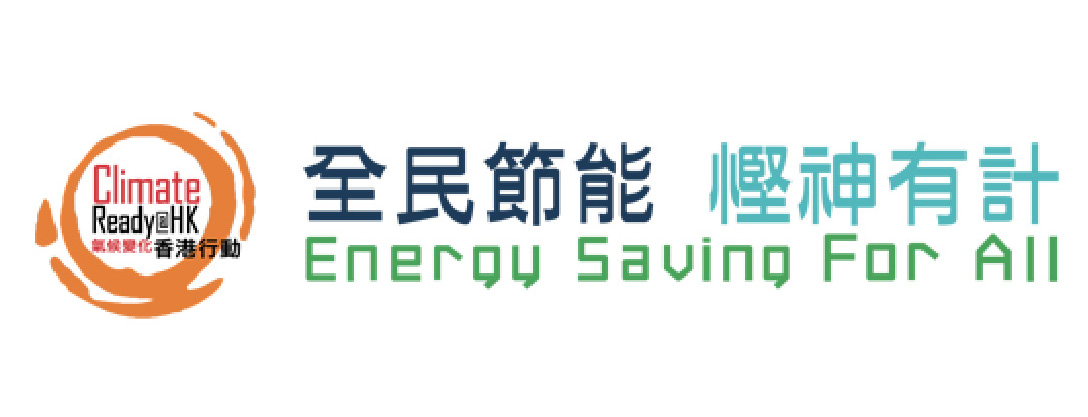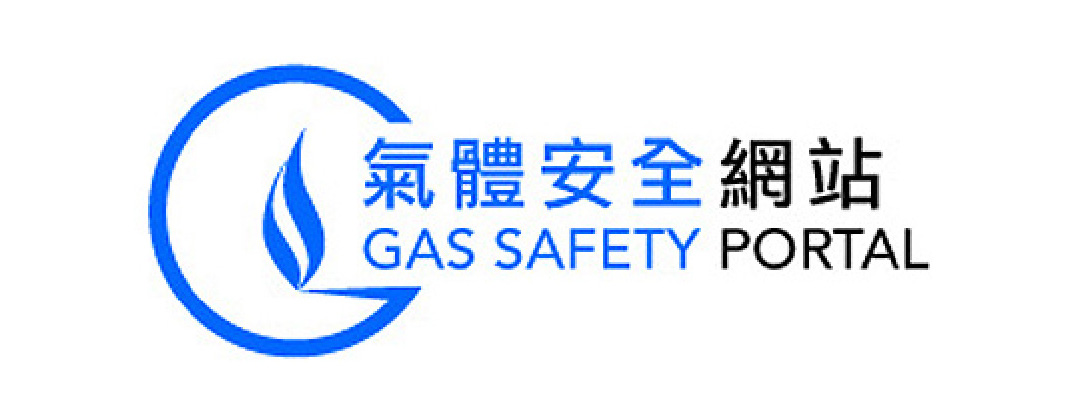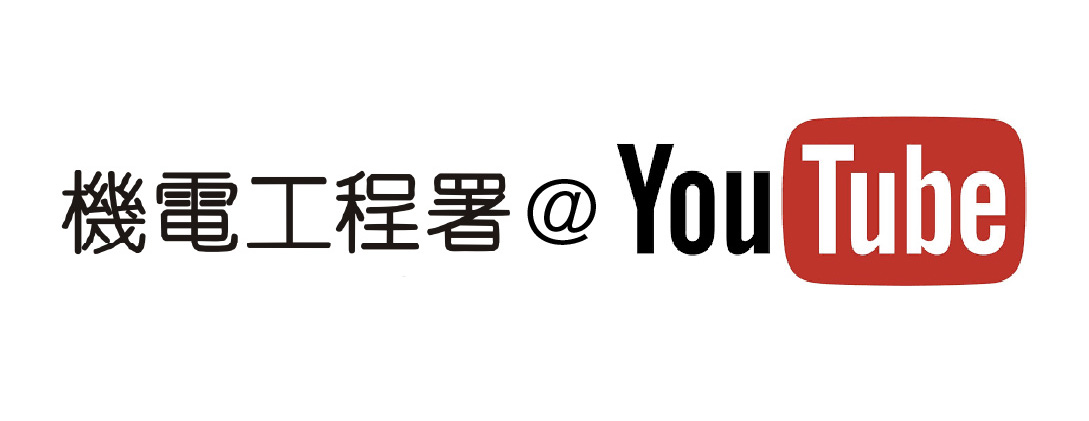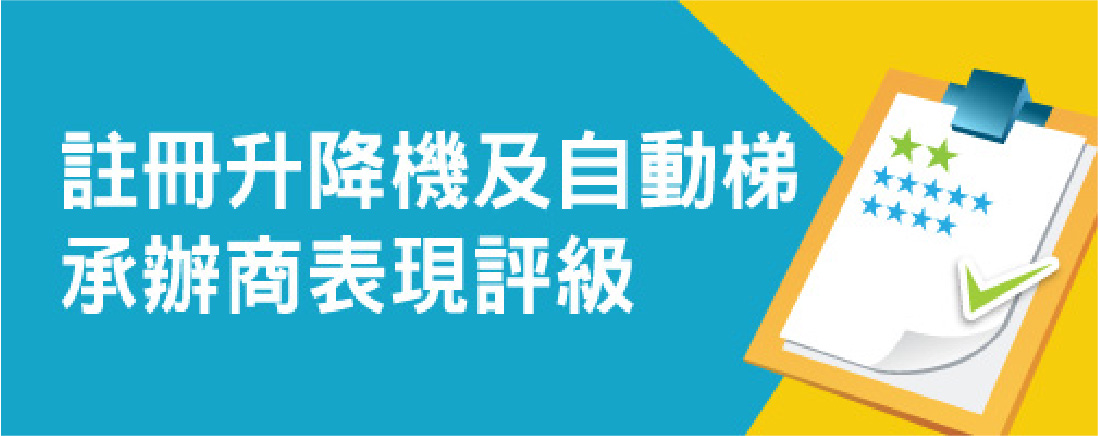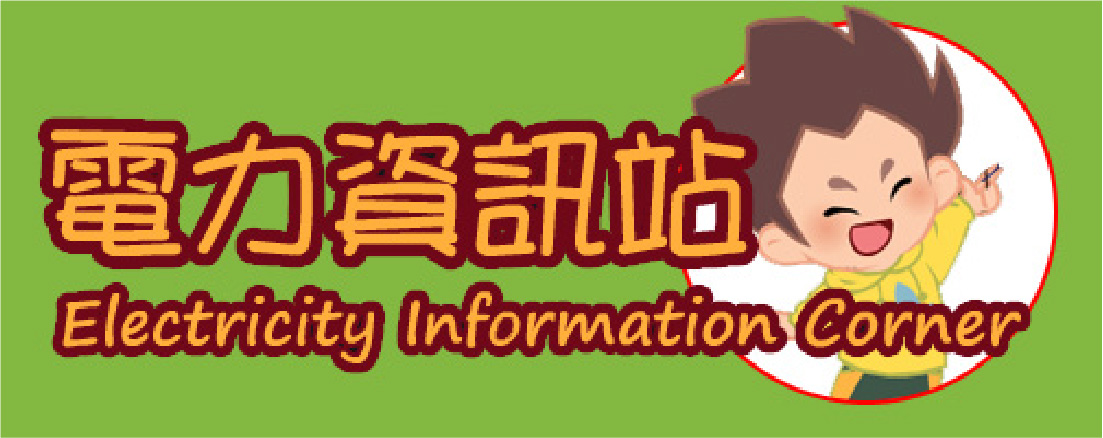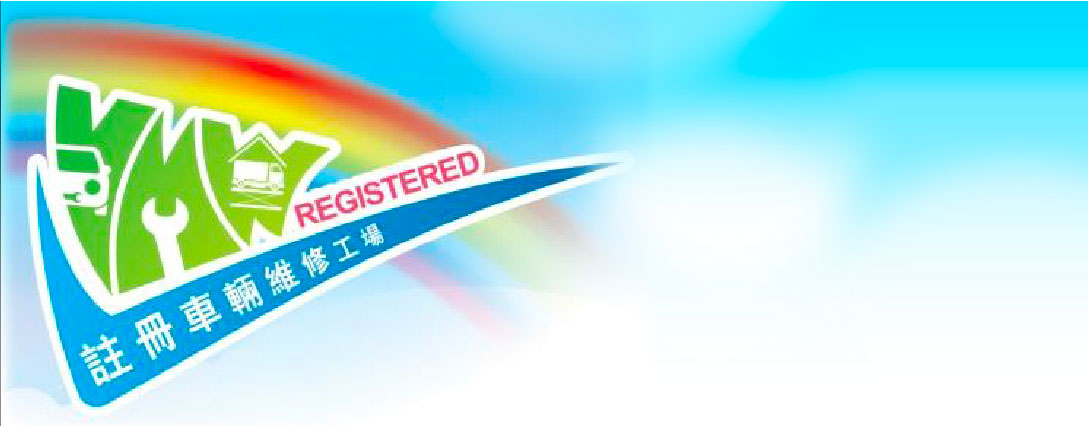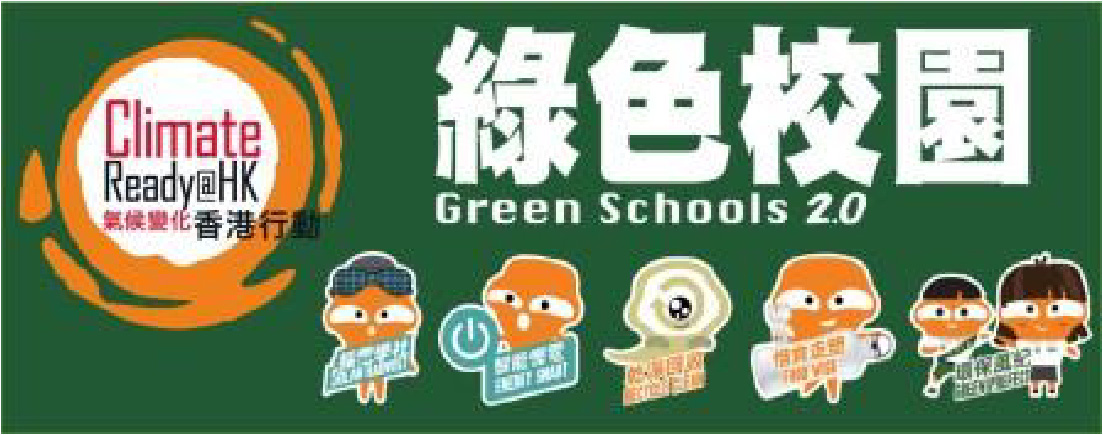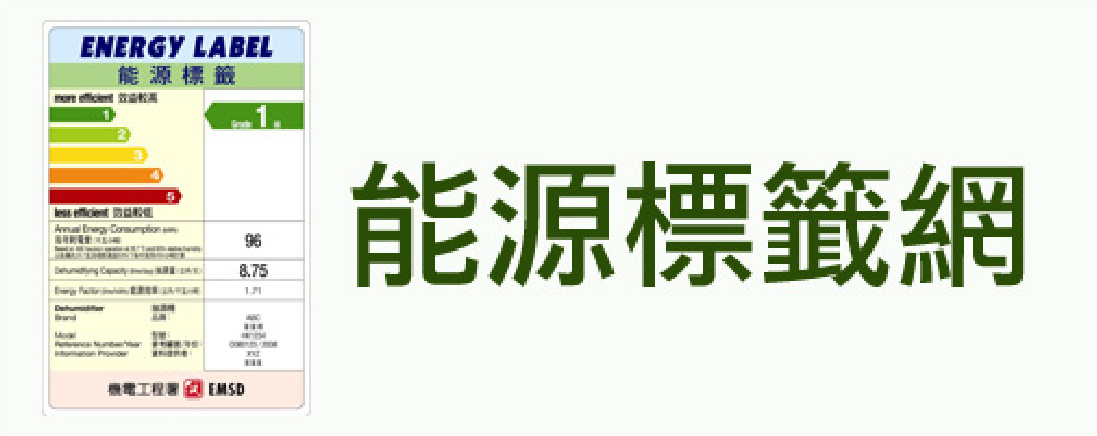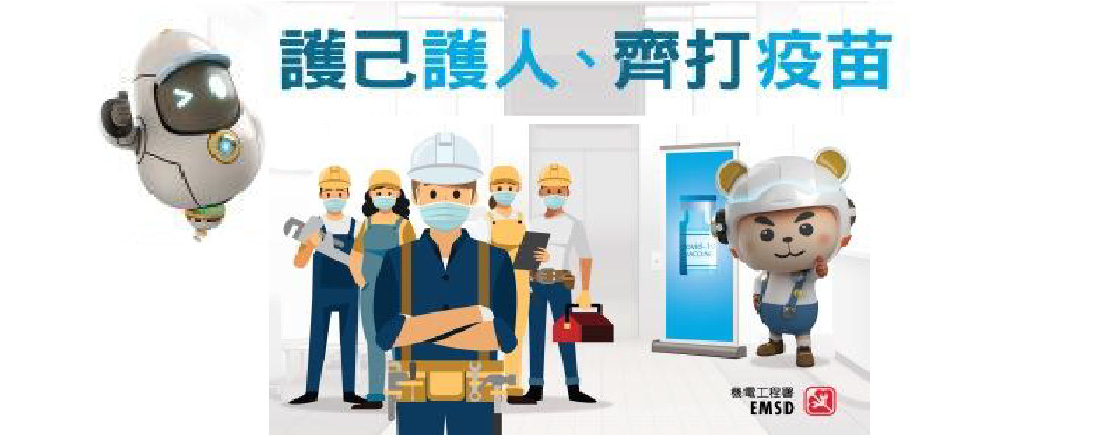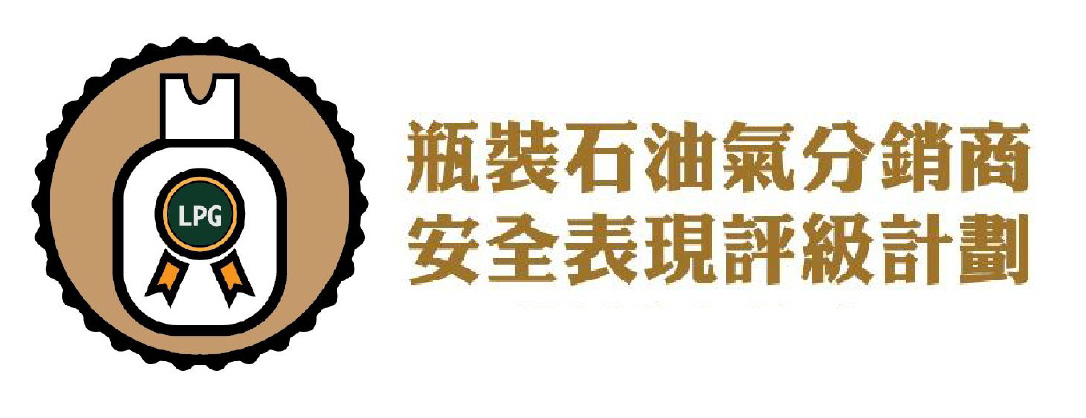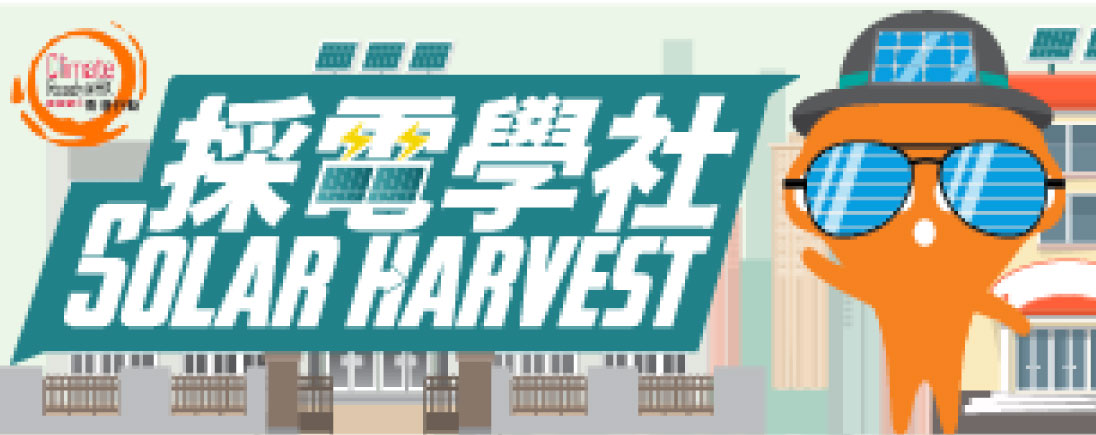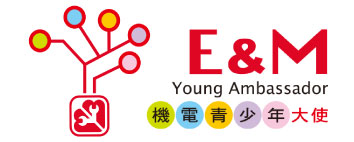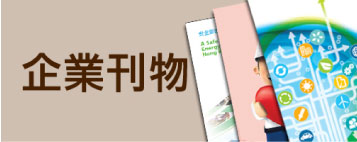Innovative and Technology Initiatives
3. Innovative & Technology Initiatives
The operation and maintenance of buildings have already been facing several critical challenges, including the aging workforce, aging assets and climate change. The new generation of smart technologies such as artificial intelligence, asset management Internet of Things, building management system, building information system or even specialised drone-enabled automation applications would have brought further challenges to us with safety and well-being of occupants and visitors inside buildings elevated to a completely new level. Building O&M practitioners shall endeavour to adopt innovations, technologies and best practice/guidelines to improve the management of E&M assets, thereby enhancing the resilience and intelligence of government buildings.
Below are 5 technology trends that may have impact on facilities management industry.
3.1 Technology Trend 1: CAFM Software
In the current dynamic market, computer aided facility management (CAFM) software is highly important for facilities manager in the workplace. Tasked with many responsibilities, facilities manager require complete day-to-day functionality by integrating technology, processes, and people. With the help of CAFM software, facilities manager can better execute daily operational responsibilities from monitoring and managing customer service requests to preventive maintenance and operational facility services.
3.2 Technology Trend 2: Building Information Modeling (BIM)
Although not a new technology, Building Information Modelling (BIM)-Asset Management (BIM-AM) is a tool used by contractors and architects to develop and scale virtual models of building projects. Giving building owners and operators a complete visual model of the facility prior to construction, it provides valuable insights into project delivery timelines and budgets.
When integrated with existing work order programs or facility maintenance software, BIM delivers on improved floor plans, asset information and financial estimates. As the technology continues to evolve, the importance of BIM in facilities management will continue to grow.
3.3 Technology Trend 3: Internet of Things (IoT)
The Internet of Things (IoT) refers to the network of internet accessible devices utilised by organisations. Relying on tools such as sensors, thermostats and actuators to evaluate data and reduce the amount of energy used for tasks, IoT systems effectively reduce energy bills and provide insightful data to improve efficiency within all facilities.
With various sensors generating data, facilities management organisations are able to identify issues and potential problems faster and easier.
3.4 Technology Trend 4: Drones
Drones are unmanned aerial vehicles (UAVs) that have the ability to improve efficiency in facilities management. Some of these opportunities include safety in inspections, and the automation of delivery services. Still in its infancy, there is no disputing that sending a drone equipped with a high-resolution camera is a quicker and safer way to evaluate a building’s exterior than sending a member of the team.
3.5 Technology Trend 5: Artificial Intelligence (AI)
Artificial intelligence (AI) is the broader concept of machines being able to carry out tasks in a smart manner. AI also refers to machines imitating and bettering human performance. More adaptive than traditional systems, AI holds an array of capabilities for enhanced performance in the facilities management industry.
A part of AI, machine learning is a current application that provides machines access to data and allows them to draw insights on their own. With machine learning, facilities management organisations can better predict how much time an asset, such as a building, has before its performance degrades or fails. From online chatbots in customer service to finding patterns in historical data through the use of algorithms, AI will expand and benefit all departments within an facilities management organisation.
3.6 Technology Initiatives
Based on the above technology trends, the technology initiatives in respect of the 15 key attributes are summarised below for reference
| O&M Aspect | Initiatives | Reference |
|---|---|---|
| O&M Input on Design for New Building |
a)
Simulate best practice O&M activities using BIM or other simulation software to understand operability and maintainability before construction.
|
•
BIM for Facility Managers issued by International Facility Management Association (IFMA)
•
BIM-AM Standards and Guidelines issued by EMSD
•
Housing Authority BIM Standards and Guidelines
|
| Asset Information (Documentation) |
a)
Adopt computerised asset information model such as BIM to maintain all asset information under an efficient asset management system;
b)
Inspect, digitise and upkeep latest record and logbook for HVAC equipment on a regular basis;
c)
Implement mobile solutions for asset management record retrieval and updating of records, e.g. O&M manual, fault history etc.;
d)
Adopt Radio Frequency Identification (RFID) or QR codes for asset management.
|
•
BIM for Facility Managers issued by International Facility Management Association (IFMA)
•
BIM-AM Standards and Guidelines issued by EMSD
•
CIC BIM Standards
|
| Operation Procedures |
a)
Adopt cloud-based technology to store information of HVAC Installations and equipment to be accessed by property management personnel when needed;
b)
Implement IoT-enabled self-diagnosis function for the healthiness of major HVAC equipment;
c)
Incorporate online condition monitoring and mobile technologies on HVAC systems to improve maintenance and reduce downtime.
|
|
| Emergency Preparedness |
Nil
|
|
| Preventive Maintenance Procedure / Standards |
a)
Conduct predictive maintenance based on data analysis of fault history and equipment condition.
|
|
| Corrective Maintenance |
Nil
|
|
| Maintenance Record Management |
a)
Adopt computerised monitoring system to maintain detailed maintenance information with capability for prompt alerts, review and further analysis. The system at least contains the following information for weekly updates by designated person(s):
•
Maintenance contractor's organisation chart and contact list
•
Monthly fault call and emergency repair reports
•
Daily fault call progress report
•
Details of corrective maintenance
•
Equipment breakdown report
•
KPI report
•
Working programme for maintenance, annual inspections and tests, overhaul, drills, safety inspections and any other scheduled works
•
Preventive maintenance schedule
•
Details of preventive maintenance completed
•
Spare parts list
•
Registers of tools, equipment, materials, spare parts and instruments as well as calibration certificates of instruments
•
Record of plants and equipment details
•
Overhaul reports
•
Record of statutory submission
•
Any other useful information (e.g. site photos)
|
|
| Spare Parts Management |
a)
Utilise an automatic inventory control system using Artificial Intelligence (AI) to manage spare parts inventory by prediction of spare parts requirements, and for advance and on-time spare parts procurement.
|
|
| Incident Management |
a)
Consider advance management tools to help optimise system performance, e.g., BIM – asset registers, equipment life-cycle track, system configuration, critical device status, maintenance history, installation visualisation, etc.;
b)
Adopt IoT technologies to allow quicker and instant reporting and maintenance data collection for future improvement.
|
|
| Addition, Alteration and Replacement (Planning and Implementation) |
a)
Adopt advance management tools such as integrated facility management tools to allow a quick search of all equipment information and records, to enhance effectiveness of overall planning.
|
|
| Environmental and Safety Management |
a)
Adopt recycled components or equipment for the maintenance / repair / replacement works;
b)
Use environmentally friendly materials for maintenance / repair/ replacement works;
c)
Emphasise adoption of more safety measures, tools and equipment for the maintenance / repair/ replacement works.
|
|
| Application of Technologies |
a)
Adopt application of AL, big data analysis, IoT, etc.;
b)
Enable knowledge transfer from research to industry to Interface Science / Technology.
|
|
| Stakeholder Management |
a)
Establish a smart system to automatically notify stakeholders on upcoming schedules and progress of all O&M activities, addition, alteration and replacement works.
|
|
| Information Management |
a)
Establish an integrated Building Management System (iBMS);
b)
Create a centralised database for automatic replacement planning for equipment;
c)
Establish an online real time server for storing maintenance related information through mobile devices;
d)
Provide online access of all information by maintenance party during preventive maintenance works.
|
|
| Structure and Qualification of O&M Team |
Nil
|
